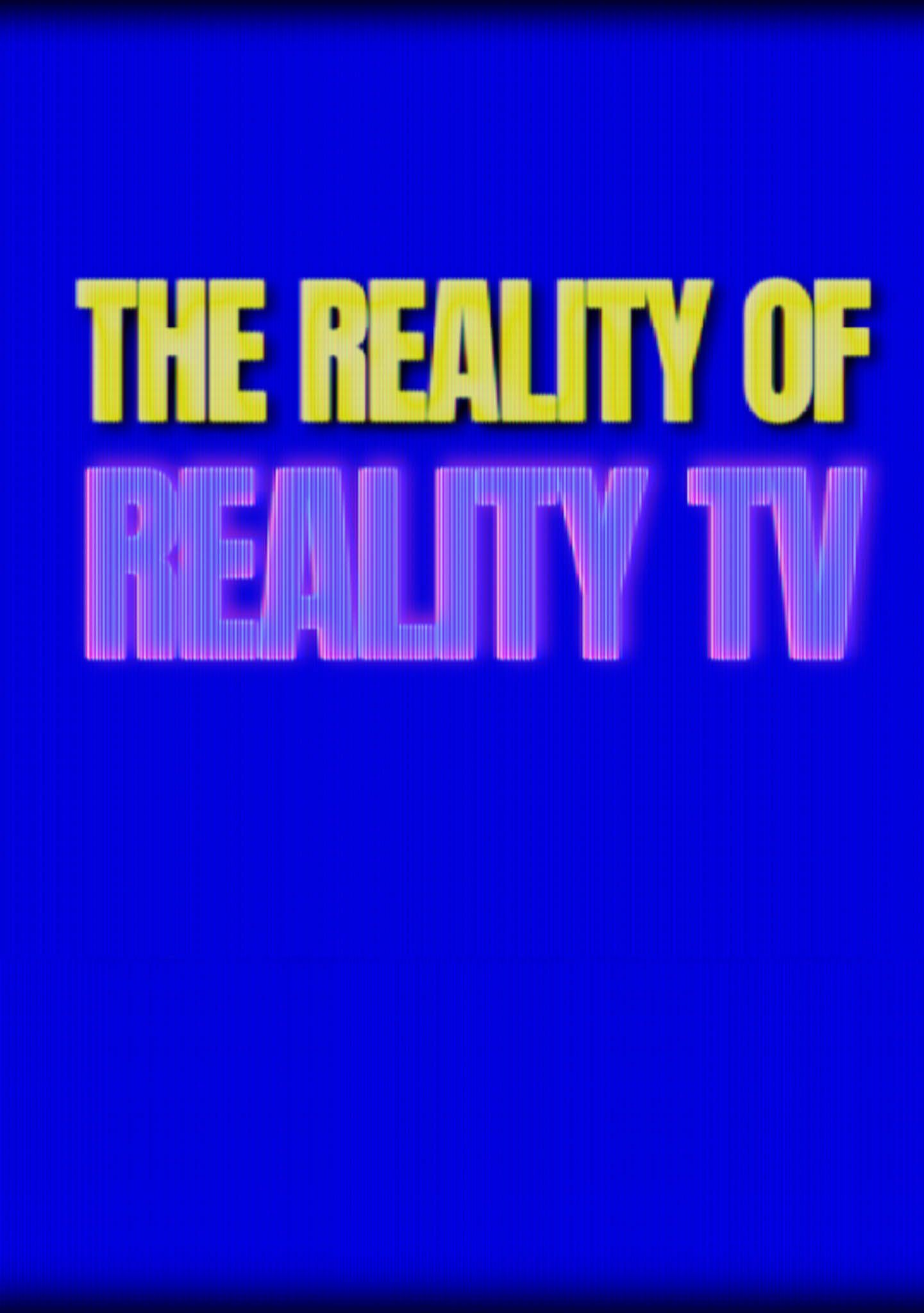
The Secret Lives of Mormon Wives paints a dramatic, emotionally charged, and often controversial picture of Mormon women; specifically, those within the “MomTok” influencer group. Rather than focusing on traditional religious practices, the series centers on a group of Utah-based, TikTok-famous mothers experiencing the pressures of fame, marriage, motherhood, and public scandal, all while tied to the Mormon identity.
Indeed, the portrayal of Mormon women in the show complicates the common image of them as obedient, modest, and family-bound. They are instead shown as outspoken, ambitious, and deeply conflicted. Main characters like Taylor Frankie Paul, whose admission of “soft swinging” and emotional infidelity ignited the show’s production, challenge the ideals of acceptable Mormon womanhood. While these women curate glamorous, highly performative online personas, the show seeks to peel back the surface and reveal the true chaos of their realities.
Faith, while still present, often takes a back seat to the allure of fame as the women express varying relationships with Mormonism. Some still identify as devout, while others distance themselves from the Church. Hence, the tension between their religious roots and modern desires, namely sexual freedom, financial independence, and personal branding, becomes a consistent undercurrent of the media. The show implicitly critiques the restrictive gender norms many of the women were raised with, illustrating how such norms clash with their actual lives in the social media spotlight.
In addition, The Secret Lives of Mormon Wives shies away from a monolithic representation. Some women embrace traditional roles, others rebel; some seek redemption, others seek attention. This range affirms the diversity of experiencing religion as a woman, particularly for younger women negotiating their femininity and identity in current times.
While doubtlessly sensationalised, the series ultimately portrays these Mormon women not as passive victims of patriarchy, but as active participants in redefining what it means to be a modern woman of faith, family, and influence. This portrayal is underlined by tensions between public and private life, religion and rebellion, and tradition and transformation, asserting that the role of women in religion is both fluid and individual.